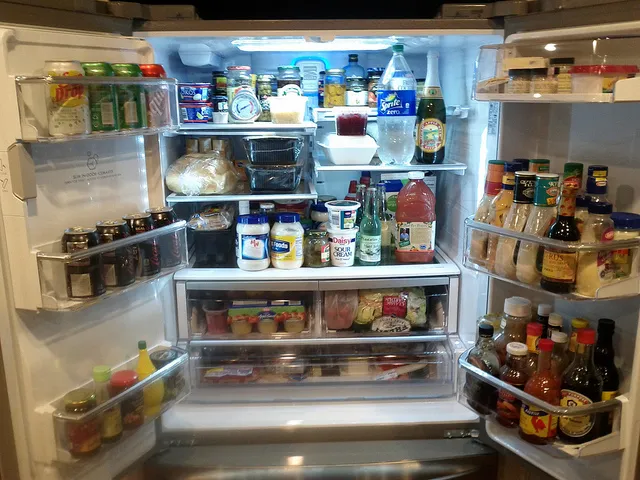This paper models the system-wide changes and consequent shifts in pre-retail greenhouse gas emissions that might result from introducing a Europe- or North American-style refrigerated food chain to sub-Saharan Africa. Total emissions might increase or decrease, depending on the scenario.

According to the paper, in addition to the many social benefits of refrigeration such as contributing to health, nutrition and food security, using refrigeration could reduce emissions through lowering levels of food loss.
On the other hand, refrigeration produces greenhouse gas emissions through energy use and refrigerant leakage, and might also encourage higher consumption of perishable foods.
This paper uses data on cold chain emissions from both Europe and North America to calculate the likely emissions costs of providing various food types via a refrigerated supply chain and the emissions savings from reduced food losses. It also calculates the emissions changes caused by diets shifting away from those found in sub-Saharan Africa towards those in Europe or North America, assuming that the availability of refrigeration will promote dietary change. The paper does note that sub-Saharan Africa contains many different regions with different conditions.
The paper does not account for the differences in ambient temperature between sub-Saharan Africa, Europe and North America, although it notes that temperature will affect the amount of energy consumed by refrigeration devices.
The figure below summarises the findings of the paper, with the upper two figures showing emissions changes due to refrigeration and reduced food loss for the sub-Saharan African system shifting to a North American-style cold chain (left) or European-style cold chain (right). The lower two figures show the results after also accounting for dietary changes - here, total emissions increase by 10% for the North American scenario, and decrease by 15% in the European scenario. This is mainly because of higher levels of meat consumption in the North American diet.

Image: Figure 4, Heard and Miller (2018). Changes in upstream food supply emissions (kg CO2 eq.) required to deliver one kg of a representative diet, based on a weighted average of each food type within a typical diet. Percentage differences in emissions are displayed by corresponding food type in the graph.
Abstract
Refrigeration transforms developing food systems, changing the dynamics of production and consumption. This study models the introduction of an integrated refrigerated supply chain, or “cold chain,” into sub-Saharan Africa and estimates changes in preretail greenhouse gas (GHG) emissions if the cold chain develops similarly to North America or Europe. Refrigeration presents an important and understudied trade-off: the ability to reduce food losses and their associated environmental impacts, but increasing energy use and creating GHG emissions. It is estimated that postharvest emissions added from cold chain operation are larger than food loss emissions avoided, by 10% in the North American scenario and 2% in the European scenario. The cold chain also enables changes in agricultural production and diets. Connected agricultural production changes decrease emissions, while dietary shifts facilitated by refrigeration may increase emissions. These system-wide changes brought about by the cold chain may increase the embodied emissions of food supplied to retail by 10% or decrease them by 15%, depending on the scenario.
Reference
Heard, B.R. and Miller, S.A., 2018. Potential Changes in Greenhouse Gas Emissions from Refrigerated Supply Chain Introduction in a Developing Food System. Environmental science & technology, 53 (1), pp. 251–260.
Read the full paper here. See also the Foodsource resource How important is storage and packaging? and the FCRN’s working paper Food refrigeration: What is the contribution to greenhouse gas emissions and how might emissions be reduced? (PDF link).




Comments (0)